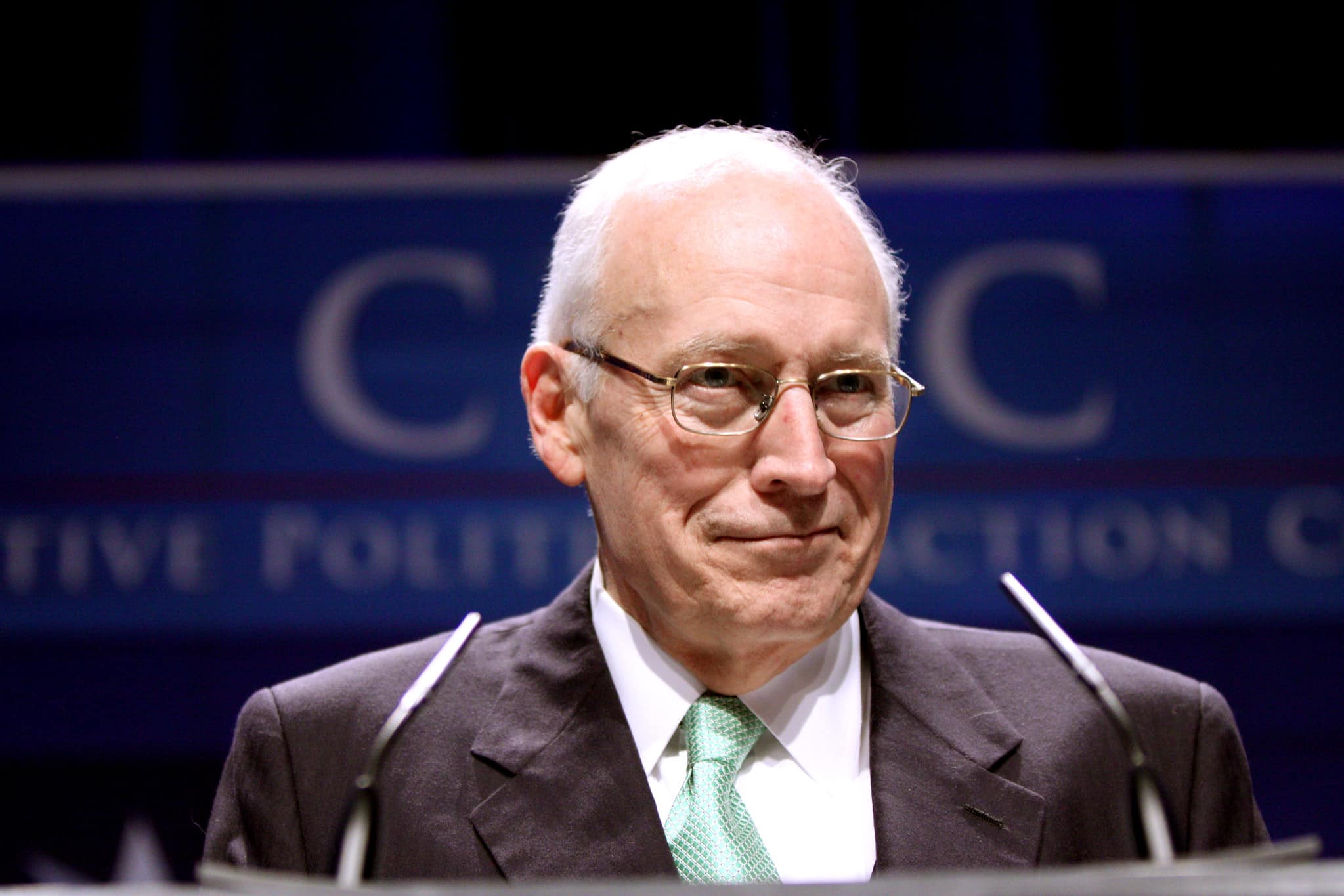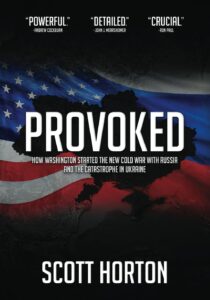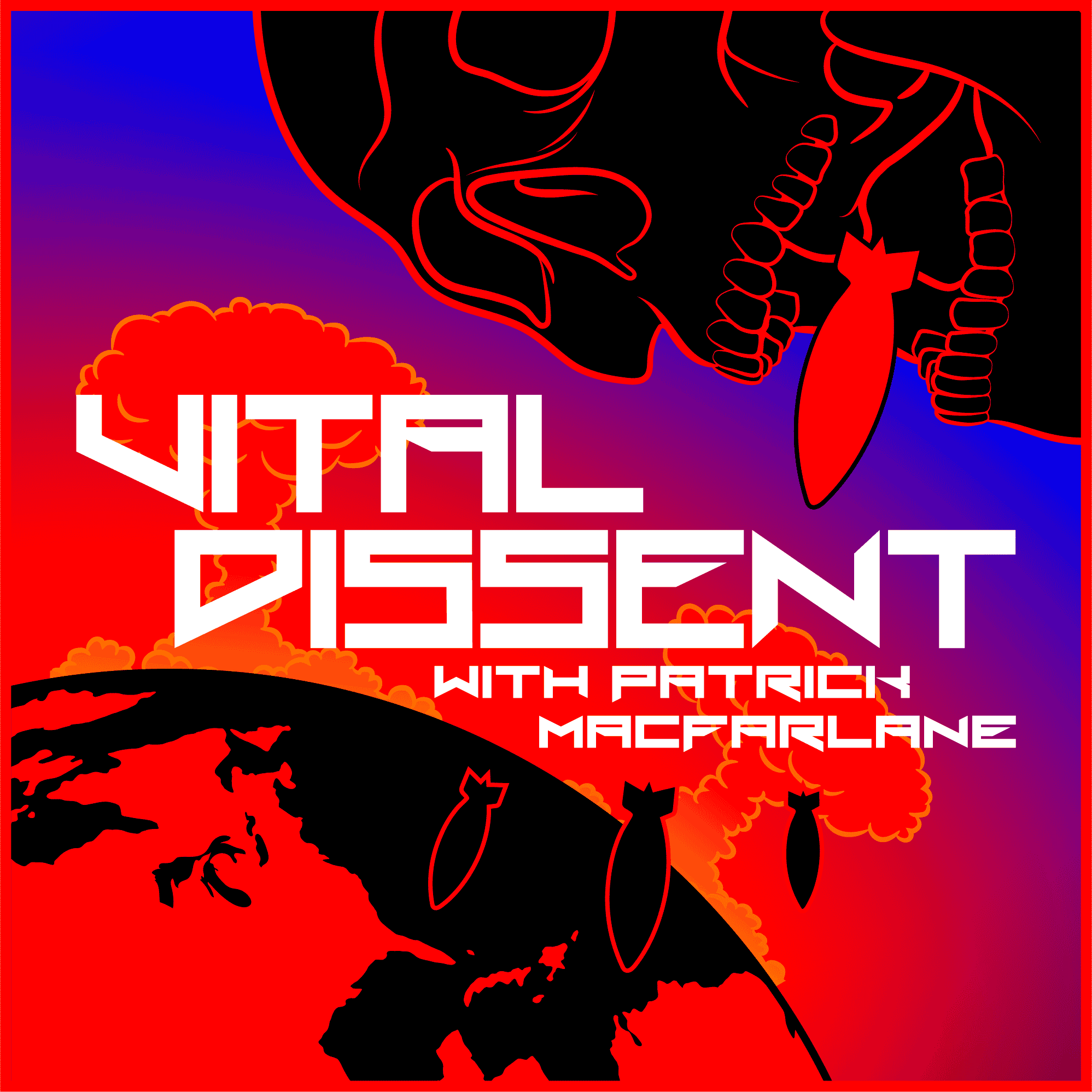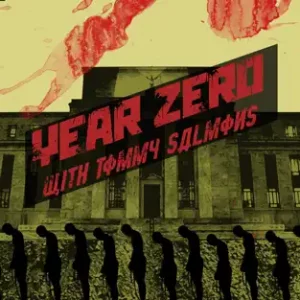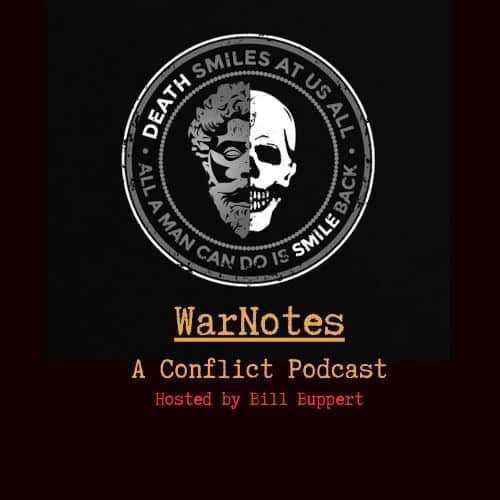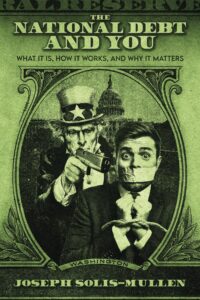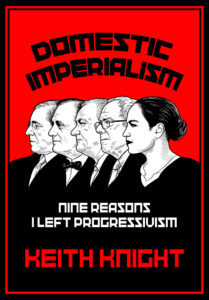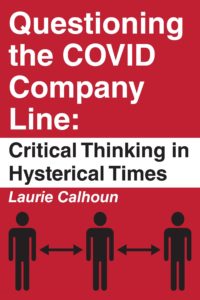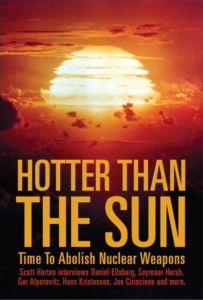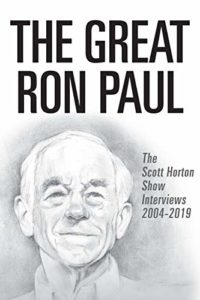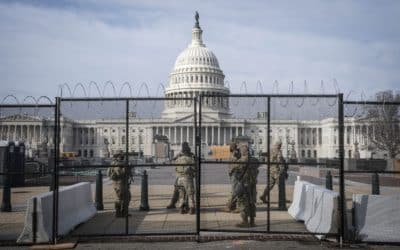Last week as Donald Trump met separately with Russian President Vladimir Putin and Ukraine head Volodymyr Zelensky to potentially seek an end to the years long war between their countries, Democrats have been very upset.
That peace might happen. They are worried Ukraine might have to make concessions to Russia to reach an agreement, including land.
Never mind that it is Ukrainians who are dying. Never mind that most Ukrainians themselves want to end this war. According to a recent Gallup poll, 69% of Ukrainian respondents want a negotiated end to the war as soon as possible, while only 24% said they still want to fight “until victory.”
Democratic voters sitting in the United States, with no imminent bombs or bullets to worry about, insist that this war go on for as long as it takes, and are being loud about it. Senator Lindsey Graham (R-SC) agrees with them. This doesn’t seem to faze Democrats.
This opposition to Trump’s diplomacy seems to be the consensus of many Democrats, shown in spades all over media this week.
This is a position shared by Senator Mitch McConnell (R-KY). This is the position of Bill Kristol. This is the position of virtually every neoconservative hawk in either major party and has been since this conflict started, that Ukraine must “win” at all costs.
Even at the cost of more Ukrainian lives.
Let me be clear about the definition of “neoconservative” I’m using here. I’m not just talking about the narrow and few band of post war, ex-Trotskyites of the Irving Kristol and Norman Podhoretz variety who stood for a number of things, including the pursuit of a hyper aggressive American foreign policy. I’m talking about Senator Graham, Kristol, the late John McCain, talk host Mark Levin and any other figure on the right who has been rabidly pro-war and hateful toward Ron Paul, Pat Buchanan, and any other prominent antiwar Republican leader of the last thirty years.
I’m talking about the Republicans who use “isolationist” as a pejorative slur for non-interventionism.
I tend to “neoconservative” as carefully here as those people use “isolationist.”
There have always been neocons in both major parties. But this week it has seemed Democrats have outweighed Republicans on this front. There is no poll on this. There is no hard data. I’m just observing.
President Trump has said he wants the killing to end between Ukraine and Russia. Cheering him on in this effort is Congresswoman and MAGA booster Marjorie Taylor Greene (R-GA) and many other GOP members. Also, pundit Tucker Carlson and former Trump aide and talk host Steve Bannon, whose audiences are large and full of MAGA supporters who also endorse Trump’s pledge to end America’s “endless wars.”
There are still plenty of GOP neocon members of Congress and voters within the base, but Trump’s Republican party is a very different one than George W. Bush’s when it comes to hawkish foreign policy.
On the other side, there are progressives like Ro Khanna (D-CA) who have expressed in the past wanting to see Trump help achieve some kind of diplomatic peace.
This week, Khanna has been silent on this, and who could blame him? Because Democrats by and large seem upset that Trump could achieve some sort of deal. They even got mad when Trump shook Putin’s hand during the summit.
Embracing war by avoiding diplomacy is key to neoconservatism. It’s why hawks got so mad in the mid-1980s when President Ronald Reagan met with Soviet Union President Mikhail Gorbachev. It’s why neocons were absolutely irate when Trump met with not only Putin but North Korea’s Kim Jong Un and even Hungary’s Viktor Orban.
2024 Democratic nominee Kamala Harris campaigned with Liz Cheney, got her and her father Dick Cheney’s endorsement and slammed Trump for “bowing down” to dictators, sending a signal to her neocon friends that she would not be engaging in that kind of diplomacy.
Now the people who voted for Harris are reflecting the same sentiment. Trump’s diplomatic efforts have them fuming.
During the 2012 presidential election, Republican nominee Mitt Romney said that Russia was the United States “No. 1 political foe.” President Barack Obama mocked Romney at the time, saying in a debate, “The 1980s are now calling to ask for their foreign policy back, because the Cold War’s been over for twenty years.”
Romney was clearly representing the neoconservative Bush-Cheney foreign policy legacy that still resonated with so many Republicans at the time, and Obama, the anti-Bush message that had delivered him the White House in 2008. Obama did not remotely live up to that promise, but this was roughly the dynamic in the 2012 election.
Politics change and history happens, but it is feasible today that there are more Republicans, in Congress and in the base, who think constant U.S. hyperventilating about Russia, even now, is overblown and Americans should be more concerned about their own country first.
It also feasible that there are more Democrats, in Congress and in the base, for whom Trump and Putin are considered one in the same and those folks are more laser focused on hating both men than any other concern, including the health and security of their own country or any other (Ukraine).
When Barack Obama was a rockstar in 2008, Democrats prided themselves on being the complete opposite of Bush-Cheney neoconservative Republicans. In 2025, it appears that more Democrats than not now staunchly side with Bush-Cheney neoconservatives regarding the Russia-Ukraine conflict.
What changed? That might be a longer discussion. But it wasn’t neoconservatives.


